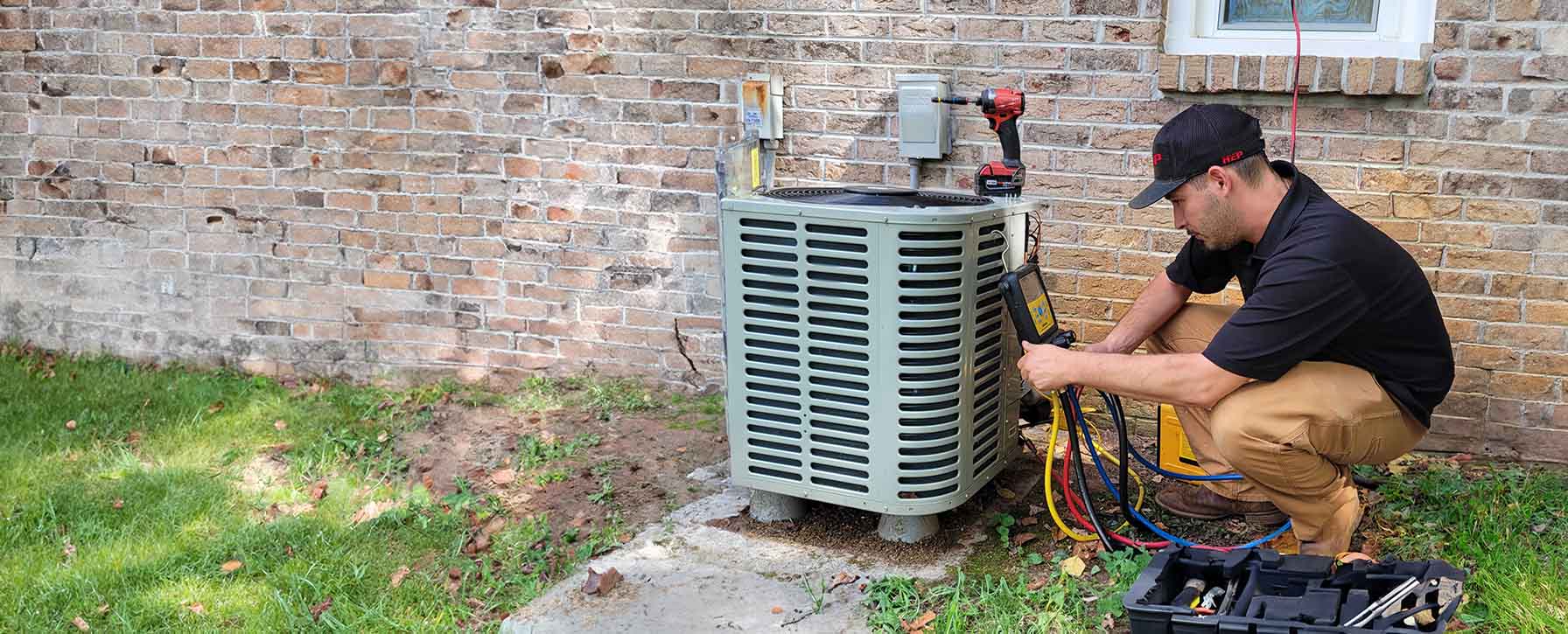

Healthier Indoor Atmosphere
Your trusted partner for professional home services. Quality workmanship, guaranteed satisfaction.




- HEP
- Healthier Indoor Atmosphere
Healthier Indoor Atmosphere | Ventilation and Air Quality | Heating and Air Conditioning | Speedwell
Imagine opening your door in Speedwell and being greeted by air that feels as fresh and light as a morning breeze. That’s the everyday reality HEP creates with our healthier indoor atmosphere heating and air conditioning services—meticulously engineered systems that balance temperature, manage humidity, and scrub away allergens and pollutants before you ever notice them. We equip your home or business with state-of-the-art sensors and sealed ductwork, so every room enjoys even, gentle comfort and crystal-clear air.
Our certified technicians design and maintain solutions that put your wellness first, because real comfort is about more than degrees on a thermostat—it’s about trust, sustainability, and peace of mind. Whether you need a precision-tuned heat pump, an energy-saving ventilation upgrade, or a full-scale IAQ assessment, HEP is here 24/7 to answer, install, and inspire confidence. Discover how expert ventilation and air quality improvements can lift your mood, protect your health, and even lower utility bills—one perfectly conditioned breath at a time.
FAQs
Why is proper ventilation important for indoor air quality in Speedwell homes?
Ventilation continually exchanges stale indoor air with fresh outdoor air, diluting concentrations of carbon dioxide, odors, moisture, and airborne pollutants. In Speedwell’s climate—where homes are tightly sealed for energy efficiency—air can become trapped and contaminated by cooking fumes, cleaning chemicals, and off-gassing from furniture. Adequate ventilation prevents the buildup of these pollutants, discourages mold growth, and helps HVAC equipment run more efficiently by reducing excess indoor humidity.
What HVAC features help reduce allergens and pollutants inside my house?
Several options can be incorporated into your heating and cooling system: (1) High-MERV or HEPA filtration captures dust, pollen, dander, and smoke particles; (2) UV-C lights installed in the air handler neutralize bacteria, viruses, and mold spores on coils and in the airstream; (3) Electronic or media air cleaners use electrostatic attraction to trap microscopic contaminants; (4) Energy-recovery ventilators (ERVs) bring in filtered fresh air while minimizing heat loss; and (5) Whole-home air purifiers with activated carbon remove odors and volatile organic compounds. A certified HVAC professional can help determine the right combination based on your home’s size, occupants’ sensitivities, and Speedwell’s seasonal conditions.
How often should I replace or clean my air filters to maintain healthy indoor air?
The general guideline is every 90 days for standard 1-inch pleated filters, but local factors can shorten that interval. If you have pets, allergies, or live near construction or agricultural areas around Speedwell, check filters monthly and replace them at least every 60 days. High-efficiency 4- to 5-inch media filters may last 6–12 months, but they must still be inspected quarterly. Remember: a clean filter not only improves air quality by capturing particles but also protects your HVAC equipment from dust buildup and reduces energy use by maintaining proper airflow.
Can a whole-home air purifier be integrated with my existing heating and cooling system?
Yes. Most whole-home air purifiers are designed to fit into the return-air plenum of a conventional forced-air HVAC system. They operate whenever the blower runs, continuously cleaning all the circulated air. Installation usually takes a few hours and does not require major ductwork alterations. Models range from media-based units that add deep-pleated filters to advanced systems combining HEPA, activated carbon, and germicidal UV-C. Your HVAC technician will confirm that your blower motor can handle the additional resistance of higher-grade filtration and will size the purifier to your equipment’s airflow for optimal performance.
How does humidity control affect comfort and air quality during Speedwell’s seasonal changes?
Keeping indoor relative humidity between 30 % and 50 % is crucial. In Speedwell’s humid summers, excess moisture can make rooms feel muggy, promote mold, and attract dust mites. A variable-speed air conditioner or whole-house dehumidifier wrings out moisture, improving comfort and reducing biological contaminants. In winter, heated air becomes dry, leading to static electricity, respiratory irritation, and cracked wood furnishings. A whole-house humidifier adds gentle moisture to supply air, maintaining healthy humidity without over-humidifying. Balanced humidity also helps your HVAC system run efficiently because air at the right moisture level feels comfortable at lower thermostat settings.
What routine maintenance should I schedule to keep my HVAC system operating safely and efficiently?
Plan professional maintenance twice a year—cooling tune-up in spring and heating tune-up in fall. Technicians will clean coils, check refrigerant charge, lubricate motors, test safety controls, and calibrate thermostats. They’ll also inspect ductwork for leaks that can introduce dust and allergens. Homeowners should (1) change filters on schedule, (2) keep outdoor condenser and indoor vents unobstructed, and (3) monitor humidity and ventilation settings. Regular care reduces breakdowns, lowers energy bills, prolongs equipment life, and ensures that the air you breathe in Speedwell remains healthy year-round.